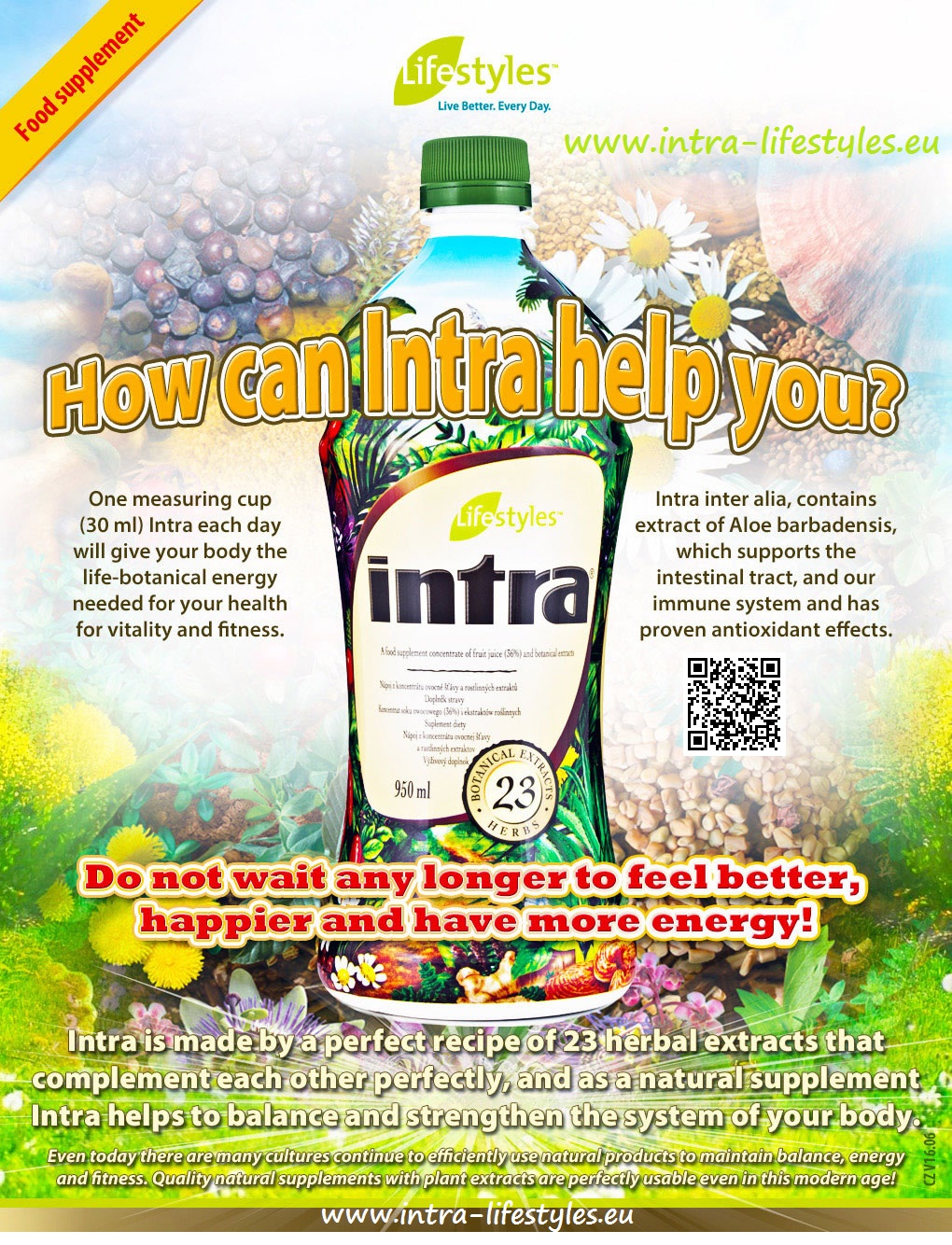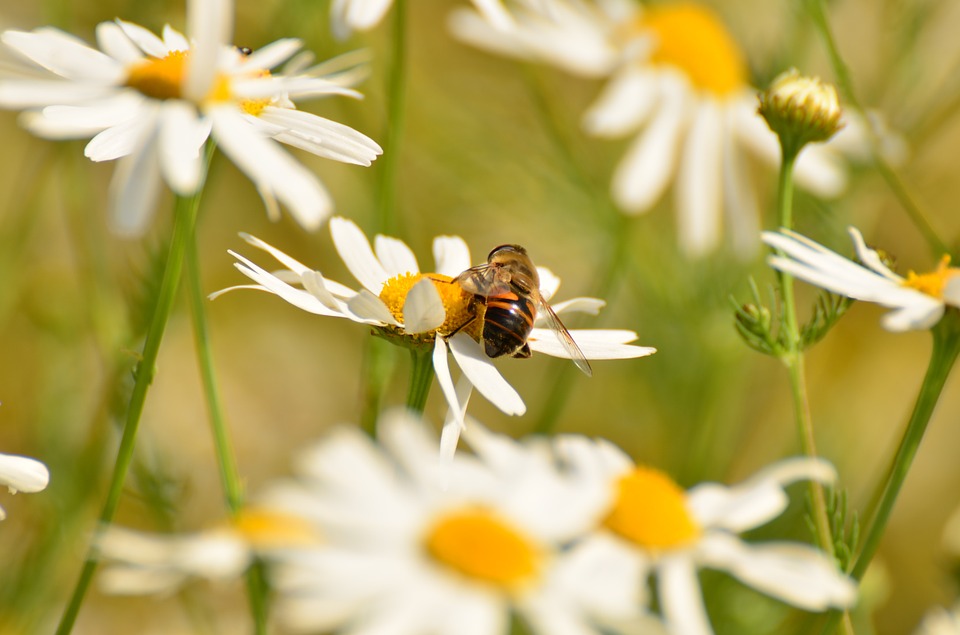It’s not uncommon for people with liver cirrhosis to become malnourished due to changes in their metabolism and digestive issues that occur as the liver becomes more damaged. As such, if you have this condition, what you eat and drink each day is especially important, particularly as components like protein, sodium, and sugar require your liver to work harder. Stages of Liver Disease:
- Stage 1 :Inflammation. …
- Stage 2: Fibrosis. …
- Stage 3: Cirrhosis. …
- Stage 4: Liver Failure

Start Self-Care at Home for Cirrhosis
A/Stop drinking alcohol! Eat a balanced diet with adequate calories and protein.Cut down on salt if you are having problems with fluid retention. B/Because cirrhosis can impair your immune function, it’s also best to avoid raw or undercooked meat, eggs, and seafood. C/Avoid medications that may be harmful to your liver, such as acetaminophen (Tylenol), or your kidneys, such as ibuprofen.
A cirrhosis diet plan should be crafted with the help of your healthcare provider, to ensure that you’re adequately nourished and avoiding choices that can worsen your condition and otherwise impact your health. Try eating small, frequent meals and snacks throughout the day.
Be careful of supplements that contain a lot of synthetics vitamin A, which can be toxic to the liver. You will also want to check with your healthcare provider before starting any supplements containing iron, which can be hard for the liver to process in high doses.Sodium is generally restricted for someone with cirrhosis because it leads to fluid retention.
What to Eat
If you’re following a cirrhosis diet, there are some foods and beverages you’ll need to strictly avoid. However, you’ll have your choice of many nutritious and tasty foods, including fresh produce, whole grains, and plant-based protein.
Compliant
- Fruits and vegetables (raw or cooked without butter, oil, or salt)
- Eggs, egg whites
- Cooked fish (salmon, tuna)
- Lean chicken or turkey (without the skin)
- Low-fat Greek yogurt
- Cream cheese, ricotta
- Hard cheeses (cheddar, mozzarella)
- Nuts and seeds (unsalted)
- Dried beans and legumes
- Nut butters (unsalted)
- Tofu
- Fortified milk alternatives (almond, soy, rice)
- Margarine
- Oats
- Whole grain bread, crackers, and cereals
- Brown rice
- Olive oil
- Fresh herbs
- Low-fat milk
- Garlic
- Ginger
- Quinoa, couscous
- Granola and cereal bars
- Coconut water
- Meal/nutritional supplements, as approved
Non-Compliant
- Raw or partially raw fish and shellfish (e.g., oysters, clams)
- Fast food, fried food
- Red meat
- Canned food (meat, soup, vegetables)
- Packaged, processed snacks and meals (incl. frozen)
- Hot dogs, sausage, lunchmeat
- Sauerkraut, pickles
- Buttermilk
- Tomato sauce or paste
- Instant hot cereal or oatmeal
- Potato chips, pretzels, rice cakes, crackers, popcorn
- Refined white flour pasta, bread, and white rice
- Oils high in trans fat or partially hydrogenated oils (palm oil, coconut oil)
- Breading, coating, and stuffing mixes
- Full-fat dairy products
- Bread, biscuit, pancake, and baked good mixes
- Pastries, cake, cookies, muffins, doughnuts
- American, Parmesan, Swiss, blue, feta, cottage cheese, cheese slices or spreads
- Pudding, custard, or frosting mixes
- Table salt, sea salt, mixed seasonings
- Ketchup, soy sauce, salsa, salad dressing, steak sauce
- Bouillon cubes, broth, gravy, and stock
- Caffeinated tea, coffee, and soft drinks
- Alcohol
Fruits and vegetables: Choose fresh produce when possible. Add fruit to cereal or oats for extra nutrition, fiber, and a little natural sweetness. Fiber-rich fruits like apples make a healthy and satisfying snack on their own.
Dairy:Stick to low-fat Greek yogurt, small portions of low-sodium hard cheese, and fortified dairy-free milk alternatives like almond or soy. Full-fat dairy products will likely be too hard for your body to digest.
Grains: Choose whole-grain bread, pasta, brown rice, and cereal instead of those made with refined white flour.
Protein:Small servings of lean poultry without the skin, some types of fresh-caught fish (such as salmon), and eggs or egg whites may be suitable. Red meat isn’t approved for a cirrhosis diet, nor is any kind of processed lunch meat or sausage.
Desserts: Packaged cake, cookie, brownie, biscuit, pancake, and waffle mixes can be high in sugar and salt, so it’s best to avoid them. In general, you’ll want to avoid pastries, doughnuts, and muffins, unless you can make your own low-fat, low-sugar, and low-salt versions.
Beverages: You cannot drink alcohol if you have liver cirrhosis, but you’ll have plenty of other options. Water is the most hydrating choice, but if you are on a low-sodium diet, you’ll want to check the labels on bottled water as some contain sodium. Consume pasteurized milk and juice . Some research has suggested coffee.
As we know, the majority of civilisation illnesses are the result of an improper way of life, inflammation and excessive quantities of toxins in the organism; and to treat only the symptoms will never provide good results. Source: Google.com, wikipedia.com,

Intra capsules do not contain added sugar. The sugar content that occurs naturally from the juice crystals is less than 1/2 of a gram per two capsules. If someone is extremely sensitive to sugar – intra capsules are the best choice. Intra’s unique formula is exclusive to Lifestyles and has remained unchanged since 1992. Drink Intra. Share Intra. Every Day.
NutriaPlus is a powerful antioxidant supplement formulated with fruit and vegetable concentrates, plant extracts, vitamin C and selenium to help your body defend itself against the health challenges of modern life!









